Never before has the world been so gripped with saving lives. We’ve survived Covid lockdowns imposed by governments claiming they’d keep us safe. Teams of burly footballers dropped to their knees because of Black Lives Matter. The presumption of innocence wilts under the strain of laws designed to keep women safe…
After all that posturing, it seems odd that we just watch as hundreds of thousands of young Russian men are rounded up for cannon fodder. Somehow concern about keeping them safe simply isn’t on the public agenda.
Their lives don’t matter. They are just ordinary men, members of a most despised minority group that finds itself at the very bottom of the intersectionality totem pole. To many they are the enemy – the bad guys – even though most of these young Russians haven’t a clue about where and why their lives are to be sacrificed. Their fate is simply to provide entertainment in the gripping war game capturing our media.
The Washington Post wrote recently about the ‘jack-in-the-box’ flaw in Russian tanks, referring to the way shells are stored in a ring beneath the turret. Ukrainian forces are now using drones to detonate above the turret triggering the ammo storage below, with the result that ‘the explosion instantaneously vaporises the crew’. The turret is blown sky high – that’s the jack-in-the-box. Vaporised men and bits of tank.
The article ends with a quote from Robert E Hamilton, a professor at the US Army War College, saying that the US military is aware that if one of their tanks is destroyed and the crew survives, they can always replace the tank: ‘You can make another tank more quickly than you can train another crew.’
He says Russia has no such concerns about a properly-trained crew, ‘The people are as expendable as the machine.’
People? Well, he’s really talking about men. Men and boys. Many of the 300,000 new conscripts are teenagers – boys who are given no choice. ‘You’re standing there asking yourself whether you should go and fight and die there or spend 20 years in prison,’ says Mikhail, a Moscow man protesting the draft who was interviewed by the Japan Times.
Reluctant men and boys, sometimes with no prior military experience, are given little systematic training with inept leaders and inadequate equipment. They are facing a highly motivated, extremely well-armed, and very innovative foe in the Ukrainians. The result is akin to a death sentence.
Last week we heard about the war-wrecked Ukrainian town of Lyman where Russian forces hastily departed to avoid getting encircled by the advancing Ukrainian troops. ‘Not all the Russians made it out. Burning Russian vehicles and sprawled bodies of dead Russian soldiers remain on the roadsides outside the city,’ wrote a Wall St Journal reporter.
He mentioned seeing the remains of seven Russian vehicles caught in a recent Ukrainian ambush. ‘Nine bodies of young Russian soldiers lay on the roadsides, two hugging each other in unnatural contortions, another, his skin waxlike pale, lying on his back with his fists clenched. Nearby, amid antitank mines and other ordnance, a severed hand was perched on the asphalt, a wedding ring on one of the three remaining fingers.’
No wonder so many conscripts are desperate to escape. We’ve all seen images of long queues at the borders, thousands seeking to escape to neighbouring countries, at least those willing to have them. Many countries are closing their borders. ‘Those running because they don’t want to fulfil a duty imposed by their own government, they don’t meet the criteria for humanitarian visa,’ was Czech Foreign Minister Jan Lipavsky’s firm comment.
Interestingly, there has been much media interest in stories suggesting that the conscription was targeted, with ethnic minorities disproportionately at risk. Naturally, the ABC leapt on the suggestion that the draft is targeting Crimean Tatars, a Muslim minority group that makes up a small proportion of Crimea’s population. Minorities are a far more acceptable group to champion than the ordinary Russian blokes who comprise the major victims of this unfolding human tragedy.
Martin Jones, a professor of international human rights law at the University of York has written in The Conversation suggesting that, politically and legally, the conscripts must be given protection:
‘While border states are worried about the mass influx of young Russian men, there are a range of practical reasons for other countries to provide Russians fleeing conscription with protection. Most obviously, providing sanctuary abroad undermines Russia’s ability to raise an army to continue its fight in Ukraine. It also further strengthens the Russian expatriate community and its opposition to the invasion.’
And it surely is more logical for the West to allow entry to these men rather than having to supply more high-tech weapons to kill them in Ukraine.
According to Professor Jones, the war ticks a number of boxes required for legal protection of conscripts which include catering to conscientious objection, avoiding internationally condemned acts, and conscription that is ‘extra-legal, discriminatory or results in inhuman treatment’.
With rare bravery, he takes up the point about discrimination: ‘When it comes to conscription, we have also yet to fully resolve the blatant sexism embedded in the Russian (and more widespread) practice of conscripting only men.’
Last March I wrote about Ukraine’s decision to force men to stay and fight while women and children were hastily shipped off, out of harm’s way. Suddenly, after decades of feminist demands for women to be allowed to take their rightful place alongside men in the services, we reverted to old-fashioned chivalry which demands only men are disposable. I called out the hypocrisy of blinkered media coverage celebrating the courage of the very few women who chose to remain and fight, whilst ignoring fit, healthy, single women fleeing across the borders.
At that time there were reportedly 32,000 women in the Ukrainian military, a very small percentage of the 17 million women in the relevant age group. Similarly, Russian women only make up 4.26 per cent of total active-duty forces and they are not permitted in frontline combat roles. With so few women in active service, it is hardly surprising these traditional countries choose to conscript solely men.
It’s worth remembering that the Russian conscription is simply the latest example of disposable, innocent young men being drafted into war, a key factor that has enabled military aggression throughout history, allowing ruthless political leaders to impose atrocities on the world.
Finally, in some more egalitarian countries, tough questions are now being asked. Norway introduced gender-neutral conscription in 2013, but similar countries lag behind. British journalist Anna Hollingsworth, who grew up in Finland, bought into a debate about the gendered conscription practices in that country, slamming them as ‘an outdated, sexist, and human rights-violating structure’.
She wrote:
‘From a gender equality perspective, men-only conscription shouts out blatant sexism… There is absolutely no reason why only men should be drafted, and politicians consistently fail to give one. In everyday conversations, though, reasons are found in everything from women serving their duty to their country by giving birth, and boys growing into men in the army – it is not uncommon to regard military service as a male rite of passage. It is as if the topic of conscription causes all conversation to undergo a bizarre time warp where all the gender equality established elsewhere in society evaporates.’
There’s a legal battle taking place in America over the male-only draft, originally led by the late Marc Angelucci, the brave men’s rights lawyer who was murdered in July 2020.
I interviewed Marc the previous year, and he talked about his important work which included running cases for the National Coalition for Men (NCFM) challenging the male draft. They’d had some big wins, with the Southern District court determining that the male-only draft was unconstitutional, but that was overturned at appeal.
After Marc’s death, the American Civil Liberties Union came on board, representing the NCFM. The Supreme Court agreed the male draft law may be unconstitutional and outdated but kicked the can down the road and said they wouldn’t decide the issue, leaving it up to Congress to change the law. Congress, of course, did nothing, and the discriminatory law remains which requires men to register for the draft in order to be allowed to vote, get a driver’s license, obtain federal or state loans, grants or scholarships, or retain citizenship.
Slow progress indeed for the men of America. But it sure beats being vaporised in a jack-in-the-box.
Read more of Bettina Arndt on Substack.
Got something to add? Join the discussion and comment below.
Get 10 issues for just $10
Subscribe to The Spectator Australia today for the next 10 magazine issues, plus full online access, for just $10.

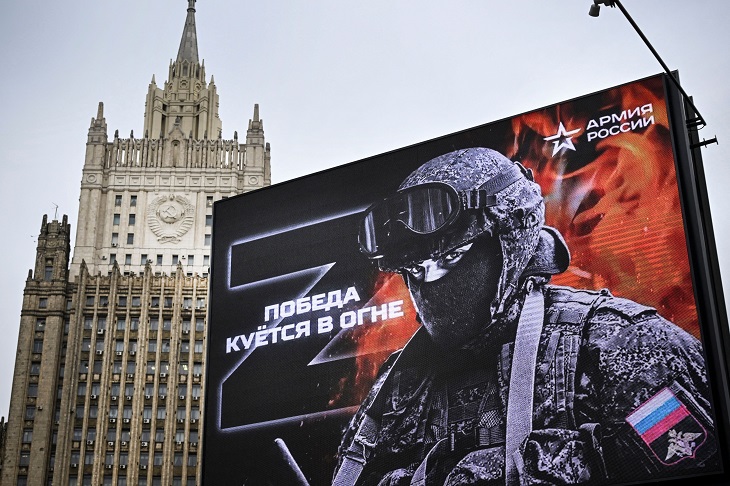
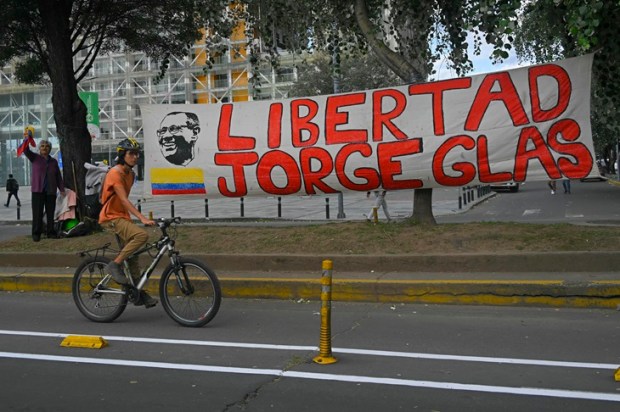
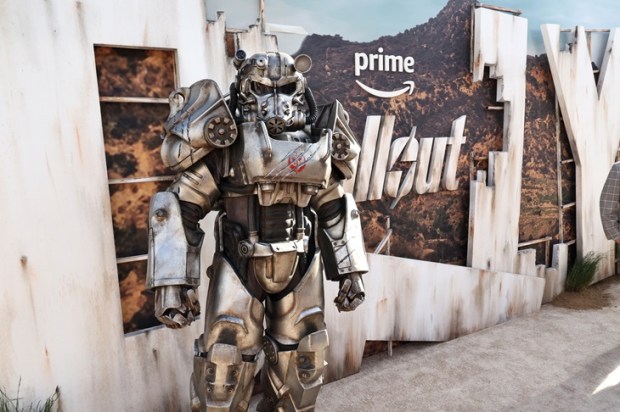



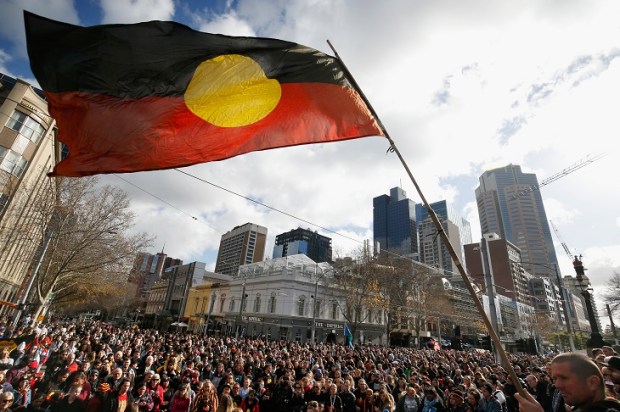






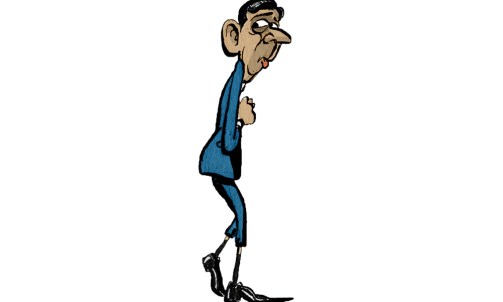
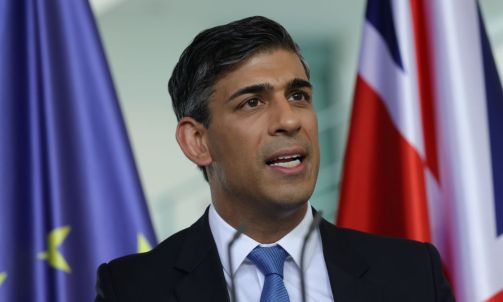

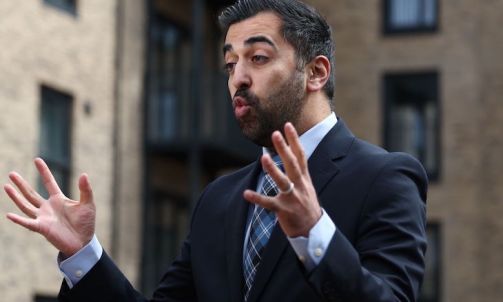
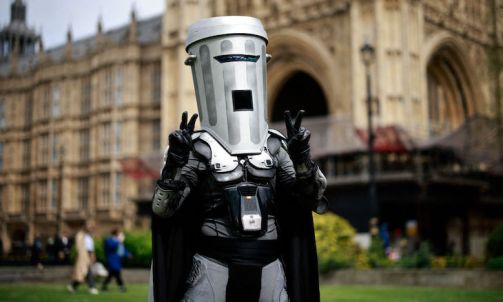
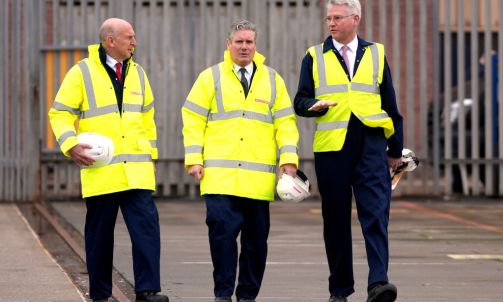






Comments
Don't miss out
Join the conversation with other Spectator Australia readers. Subscribe to leave a comment.
SUBSCRIBEAlready a subscriber? Log in